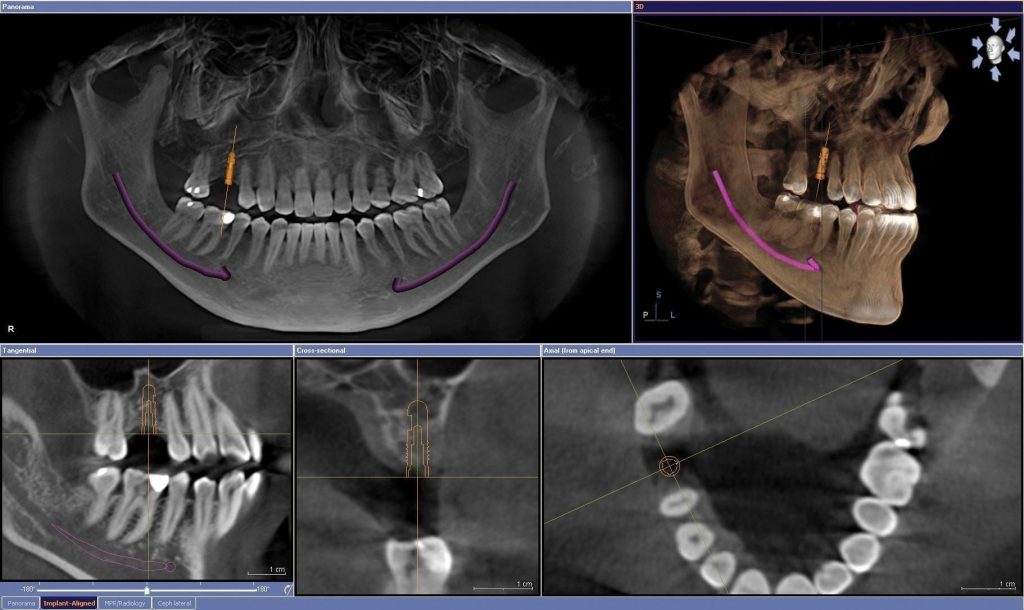When you lose a tooth, the teeth next to it will start to shift over into its place in a short time. This happens especially with the lateral and posterior teeth. Furthermore, the upper and lower teeth need each other in order for effective chewing. However, when a tooth is lost, the tooth on the opposite jaw will grow longer in attempt to compensate. This may cause considerably important problems. The positions and angles of your teeth will change and this may cause problems on the temporomandibular joint and pain. Another possible result is the deformation of the 90-degree angle between the teeth and the jawbone. During the chewing process, the teeth will put more pressure on the jawbone. This may result in the loss of bone and healthy teeth in the affected jawbone area.
Gaps occurring due to the tooth loss will create areas that are difficult to clean, thus you may get plaque and tartar. These problems will lead to gingival disease and tooth decay in unexpected areas where it is more difficult to treat. Conequently, over time, it will be more difficult to place an artificial tooth. In many cases, artificial teeth are placed after long term orthodontic and implant treatments. Given the above, we strongly recommend recieving crowns or implants to replace your lost tooth as soon as possible.

